Cost Efficiency
Cost efficiency remains a pivotal driver in the Linerless Labels Market, as businesses seek to optimize their operational expenditures. Linerless labels reduce material costs by eliminating the backing paper, which not only lowers production expenses but also minimizes storage and transportation costs. Reports suggest that companies can achieve up to a 20% reduction in labeling costs by switching to linerless solutions. Additionally, the streamlined application process of linerless labels can enhance productivity, allowing for faster labeling operations. This efficiency is particularly beneficial in high-volume production environments, where time and cost savings can significantly impact the bottom line. As businesses continue to prioritize cost-effective solutions, the Linerless Labels Market is poised for growth.
Regulatory Compliance
Regulatory compliance is a critical driver influencing the Linerless Labels Market, as businesses navigate an increasingly complex landscape of labeling requirements. Many industries, including food and pharmaceuticals, are subject to stringent regulations regarding product labeling, necessitating clear and accurate information. Linerless labels, with their ability to accommodate variable data printing, provide a flexible solution for compliance with these regulations. Furthermore, as governments implement stricter guidelines on packaging and labeling practices, companies are compelled to adopt solutions that ensure adherence. The Linerless Labels Market is thus positioned to benefit from this trend, as businesses seek reliable labeling options that meet regulatory standards while also enhancing product visibility and consumer trust.
Technological Innovations
Technological advancements are reshaping the Linerless Labels Market, enabling enhanced functionality and efficiency. Innovations in printing technology, such as digital printing and advanced adhesive formulations, are facilitating the production of high-quality linerless labels that meet diverse application needs. The integration of smart technologies, including QR codes and NFC tags, is also becoming prevalent, allowing brands to engage consumers through interactive labeling. Market data indicates that the adoption of digital printing in the label industry is expected to grow at a compound annual growth rate of 10% over the next five years. These technological developments not only improve the performance of linerless labels but also expand their applicability across various sectors, including food and beverage, pharmaceuticals, and logistics.
Sustainability Initiatives
The increasing emphasis on sustainability within the Linerless Labels Market is driving demand for eco-friendly labeling solutions. As companies strive to reduce their environmental footprint, linerless labels, which eliminate the need for backing paper, present a compelling alternative. This shift aligns with consumer preferences for sustainable products, as evidenced by a report indicating that 66% of consumers are willing to pay more for sustainable brands. Furthermore, the Linerless Labels Market is witnessing innovations in materials that enhance recyclability and reduce waste, thereby appealing to environmentally conscious businesses. As regulations around packaging waste become more stringent, the adoption of linerless labels is likely to accelerate, positioning them as a key player in the sustainable packaging landscape.
Customization and Branding Opportunities
The Linerless Labels Market is increasingly driven by the demand for customization and branding. As businesses seek to differentiate their products in a crowded marketplace, the ability to create unique and visually appealing labels becomes paramount. Linerless labels offer greater flexibility in design, allowing for larger print areas and more intricate graphics without the constraints of traditional labels. This capability is particularly advantageous for small and medium-sized enterprises looking to establish a strong brand identity. Market analysis suggests that customized labeling solutions can enhance consumer engagement and loyalty, leading to increased sales. As the trend towards personalized products continues to rise, the Linerless Labels Market is likely to see a surge in demand for tailored labeling solutions.
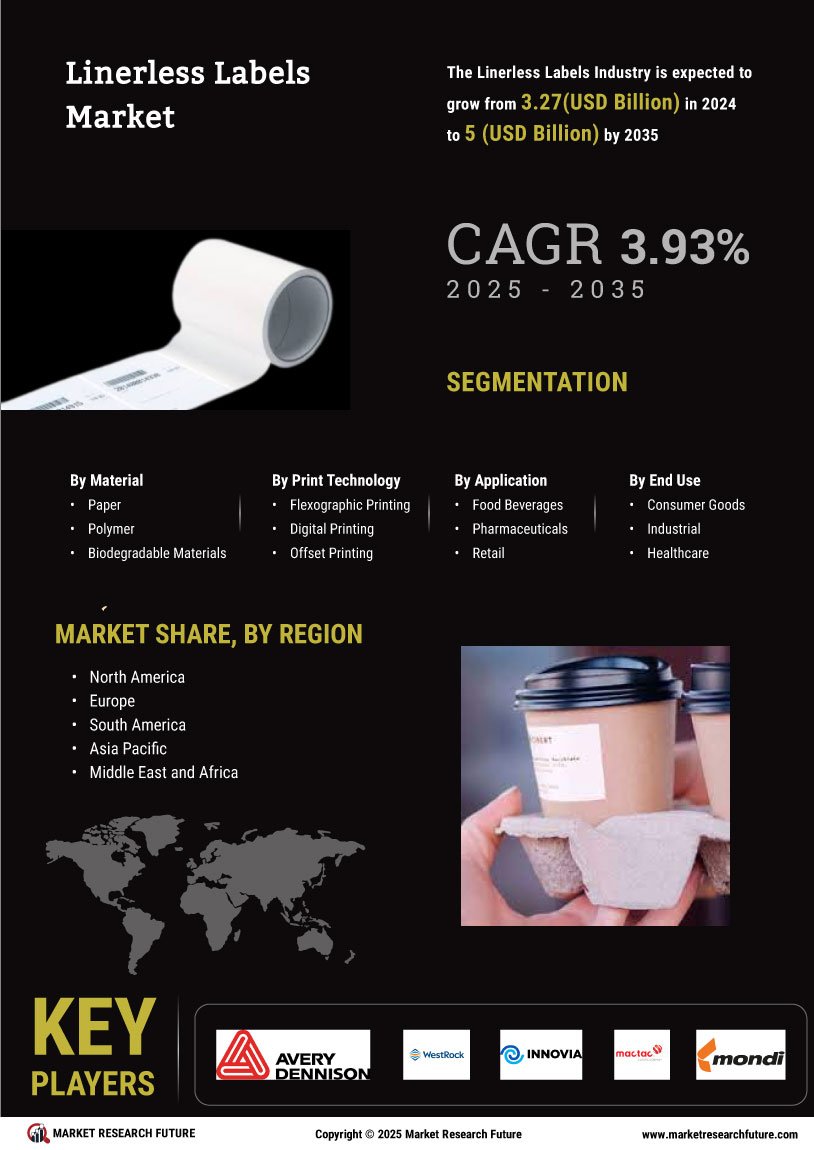

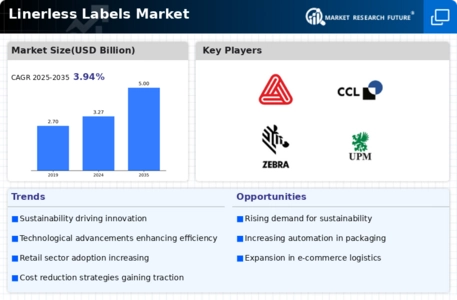
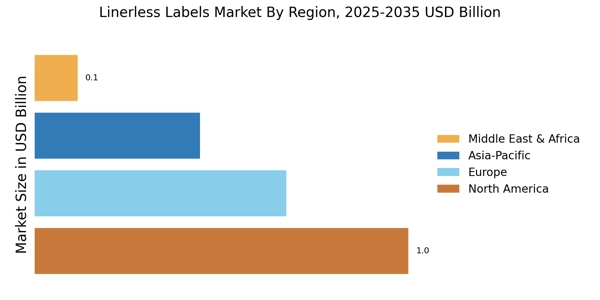
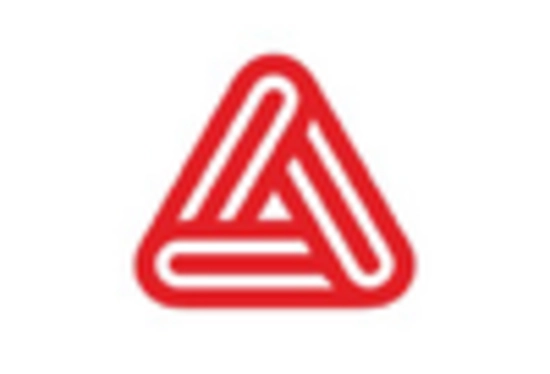
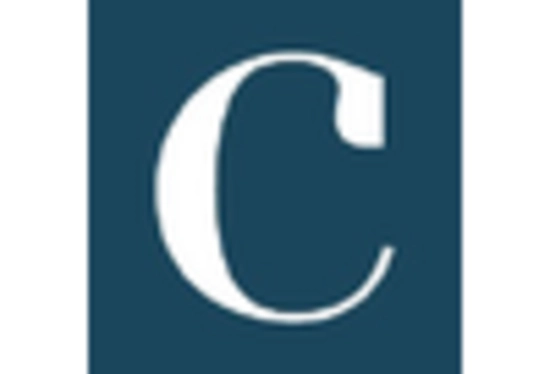



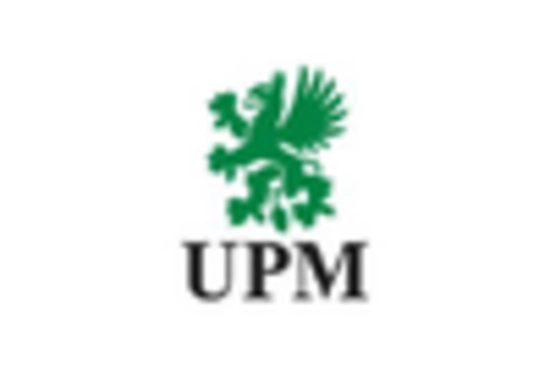








Leave a Comment